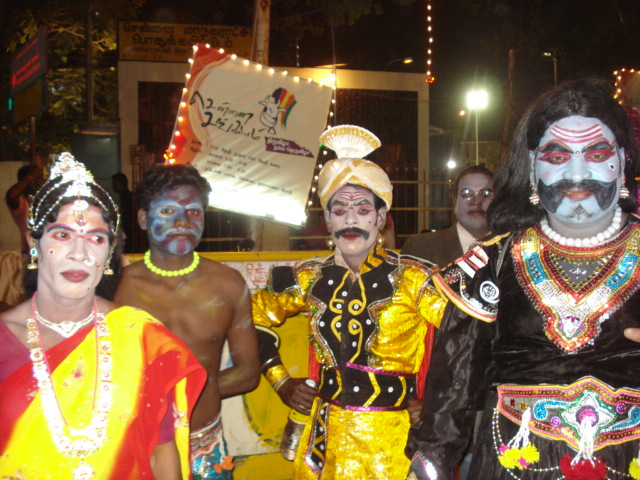Sunday, November 16, 2008
Update from the MTC
This is sorta late but I still wanted to post his email from the MTC.
My companion and I have been made zone leaders. We got the calling on the sunday we came in and its extremely rare that missionaries here for only three weeks will receive the calling, but it came out of necessity as all of the foreign language elders leave this week from our branch and we don't get new missionaries until next wednesday. So, that's cool news I guess.
In India we will only be teaching english speakers, that aren't muslim, and are wealthy in order to build up a strong foundation for later converts in India. This is so when welfare is needed there will be self-sustained area fast offerings and tithes to contribute to those needs. English because of the urgency and its correlation with wealth (no political correctness necessary.)
I love the MTC so far. It's not too hard to wear a suit every day, although I'm not in India yet, so that may change. And the lessons and progress I'm making in preparation is pretty incredible.
My companion and I have been made zone leaders. We got the calling on the sunday we came in and its extremely rare that missionaries here for only three weeks will receive the calling, but it came out of necessity as all of the foreign language elders leave this week from our branch and we don't get new missionaries until next wednesday. So, that's cool news I guess.
In India we will only be teaching english speakers, that aren't muslim, and are wealthy in order to build up a strong foundation for later converts in India. This is so when welfare is needed there will be self-sustained area fast offerings and tithes to contribute to those needs. English because of the urgency and its correlation with wealth (no political correctness necessary.)
I love the MTC so far. It's not too hard to wear a suit every day, although I'm not in India yet, so that may change. And the lessons and progress I'm making in preparation is pretty incredible.
Subscribe to:
Post Comments (Atom)






No comments:
Post a Comment